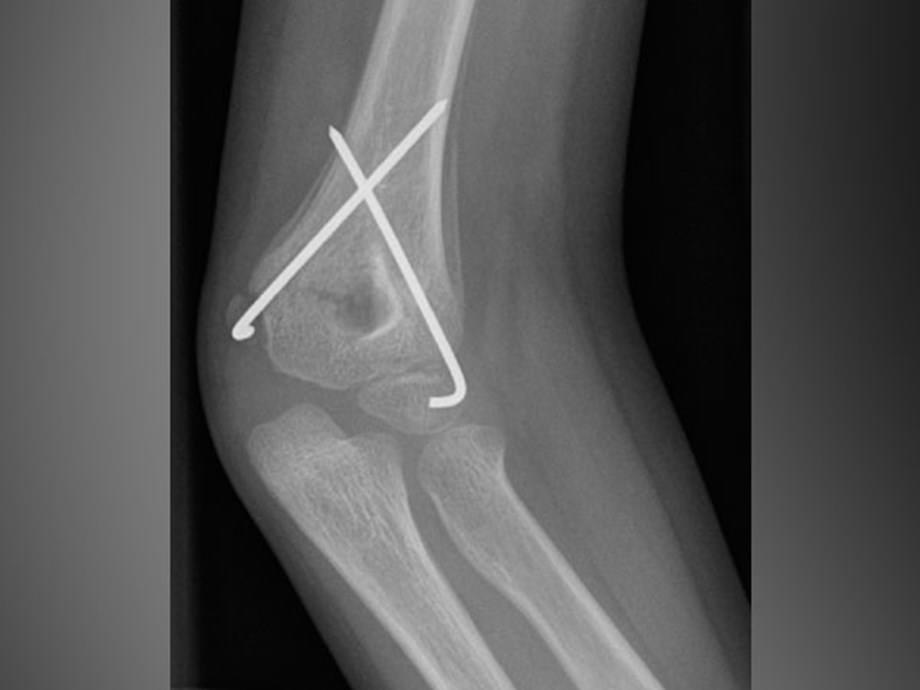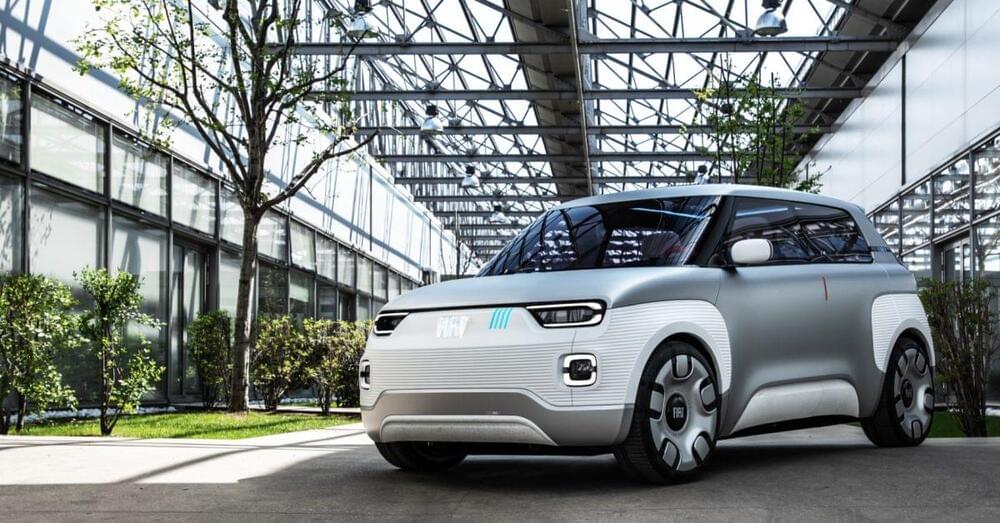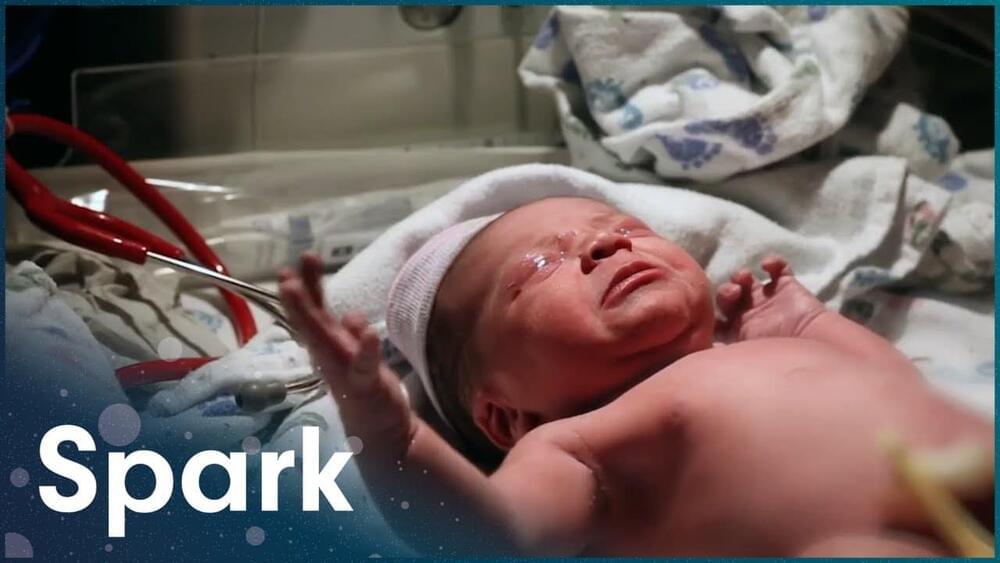Jan 17, 2022
Energy Efficient, Transparent Solar Windows: You Really Ain’t Seen Nothing Yet
Posted by Shubham Ghosh Roy in categories: business, solar power, sustainability
Building integrated solar provides businesses with new bottom line opportunities to leverage their properties to attract a new generation of sustainability-focused consumers, and that leaves little space for fossil energy to maneuver.
More than 20 billion square feet of windows are installed every year, and the leading firm Andersen Corporation apparently plans to make some of those billions into energy efficient, transparent solar energy generators that could kick the pace of global energy decarbonization into high gear. The well-known maker of windows and doors just chipped in for a $30 million Series B funding round that will help push the not-so-well-known transparent solar innovator Ubiquitous Energy out of the startup shadows and into the bright sunshine of the global building industries marketplace.
Ubiquitous Energy Hearts Transparent Solar Windows
Continue reading “Energy Efficient, Transparent Solar Windows: You Really Ain’t Seen Nothing Yet” »


















